The moment people start thinking of a trip to Cancún, Yucatán, or even Mexico, friends and family start asking if you’ll be visiting Chichen Itza, arguably the most famous Maya ruin in the world. (Read to the end for my most important tip!)
Rediscovered in 1841 by famed explorers Stephens and Catherwood, described in wonderful detail in their book Incidents of Travel in Yucatan, and named one of the Seven New Wonders of the World, Chichen Itza (or Chichén Itzá, as it’s known in Spanish, I will spell it both ways for SEO), holds a grasp on visitor psyche that’s hard to shake. In a different post I’m going to explain more fully why this may not be the ruin to choose, but if you are bent on going to Chichen Itza then here are some key tips that you’ll want to keep in mind.
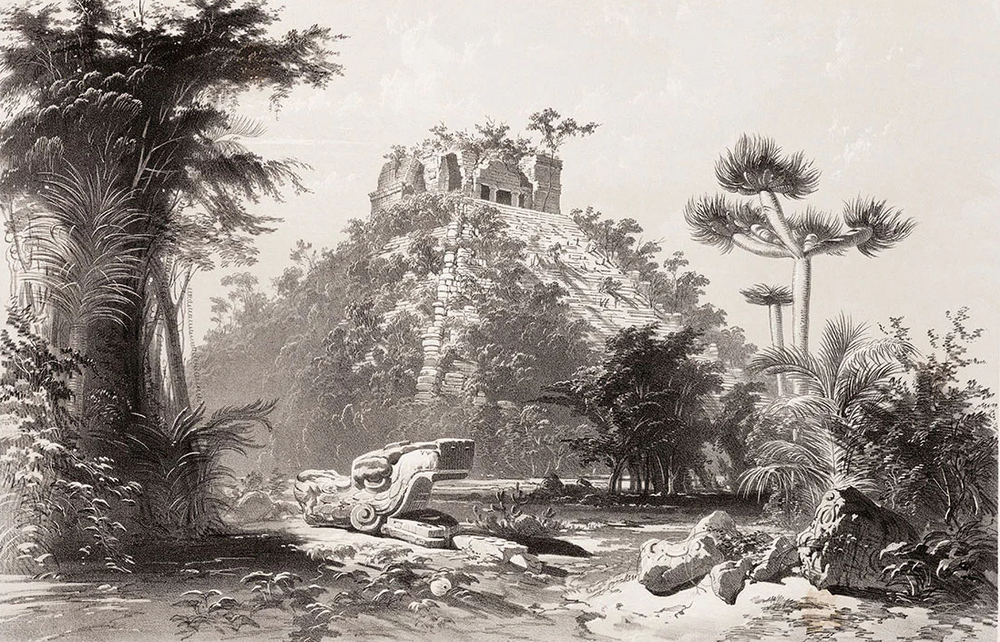
Chichen Itza is crowded.
This is the most famous ruin in the world (again, debatable), and with that fame comes the misfortune of it being the destination of…well, nearly everyone. Bus tour after bus tour after bus tour rolls in, and from the time it opens at 8am to the last entry at 4pm in the afternoon there’s a never-ending line to get in. With the line are the vendors, often hawking mass-produced tourist-grade c-r-a-p that is sold at ridiculous markup by people who are the equivalent of floor crew at a big box store. It’s just their job, not a family profession (see my other post for more on what to buy and how to buy it). Sadly, it wasn’t always this way. The feature photo above, taken in the mid-2000s, shows what was possible to see if you weren’t at El Castillo at peak times. Now it’s pretty much impossible to take pics without people, so if you want a shot like this you’ll need to use the AI option on your phone that removes distractions. You will wait in line to get tickets, to see structures like El Castillo, and to use the bathrooms.

Chichen Itza is expensive.
Currently, a Chichen Itza ticket costs about MX$600 (about USD$32). That includes two different fees, one for the entry and one federal cost. Be aware that locals and Mexican citizens get charged differently, which is not — I repeat not! — unfair. Tourism is a business, it is a way for states and governments to raise money to provide services and fund their country, and tourism is a resource. If you don’t agree with the fee, don’t pay, and don’t go. There’s nothing worse that hearing tourists gripe about how unfair it is. Nobody’s forcing you to go.
But paying MX$600 seems insane when you can pay MX$45 or $80 and be in a ruin that’s nearly as magical (keep reading), that allows you to climb the structures, and which has a dozen people there at most at any given time. If you’re an Instagram tourist who simply can’t live without that iconic clichéd selfie of you staring, hand on your hat, at El Castillo, then okay, pony up the cash and go for it. But for many, many others, especially those on a budget, Chichen Itza just isn’t worth it and you’re not missing anything by going to one of the other, vastly less popular sites.
Chichen Itza is hot.
Unless you’re there on an unusually chilly day, even at its coldest, the football-field-like stretches of grass are going to bake you like bread in an oven. Bring plenty of water, sunscreen, and take breaks. In winter (November to February) the temps are manageable, but in summer, months like July or August, the heat and humidity can be overwhelming.
Chichen Itza is large.
If you’re not fond of walking a lot, this ruin isn’t for you. To get to the main spots you’ll need to plan on walking 1-2 hours, more if you’re going to duck off to the cenote or some of the lesser known spots. Those with walkers, canes, or wheelchairs will want to take special care as the ground is uneven in spots and while technically “accessible” it’s not as easy as it could be.
Chichen Itza does not allow climbing on the structures.
Long ago, you could climb El Castillo, something that was prohibited before I even made it to Yucatán for the first time. Sadly, I’ve never had the chance to climb, and I doubt it will ever be open to tourists again. You can’t climb any of the other structures either. You’ll still get very close to them, and some, such as the Wall of Skulls or the Ballcourt, one doesn’t need to climb to fully appreciate. But when so many other ruins allow you to ascend — as the Maya did — to the tops of these incredible pyramids, visiting Chichen Itza is, for many, a bit of a let down.
Chichen Itza is not the only ruin in the area.
This is what surprises me the most when I talk to people: They’re convinced that Chichen Itza is the only ruin in all of Yucatán, or at least the only ruin worth seeing…and that once they’ve gone, they’ve “done it,” and there’s no reason to visit any others. That’s misguided, as the ruins are as different from each other as modern cities are today: Tokyo is not London, London is not Paris, Paris is not Boston. Each has a different character, different history, different influences. Often they represent different times in the millennium (yes, 1000 years!) that Maya culture flourished before it all vanished just before the Spanish arrived. And as I’ve mentioned above, these other ruins have benefits that make them well worth visiting. Tulum’s ruin is one of the only sites near the water. Little visited Dzibulchaltún has an equinox surprise that puts anything you’ll see at Chichén Itzá to shame. Balamku, a small ruin in the middle of the peninsula, hides an incredibly ornate stucco frieze in almost pristine condition.
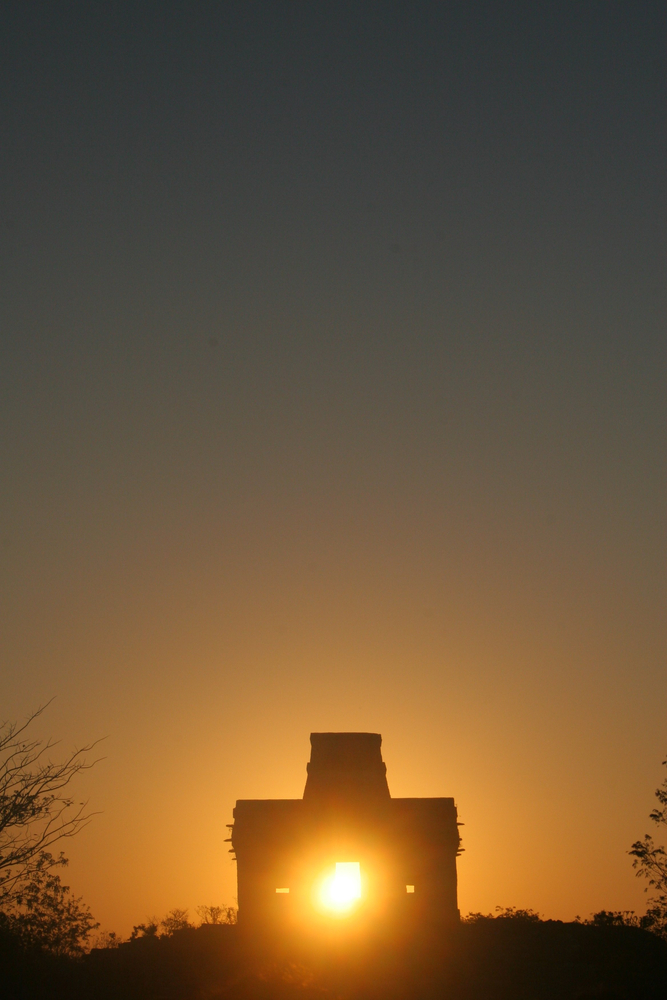
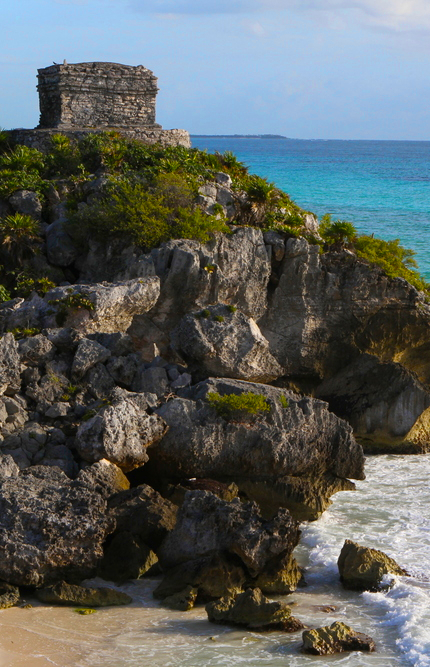
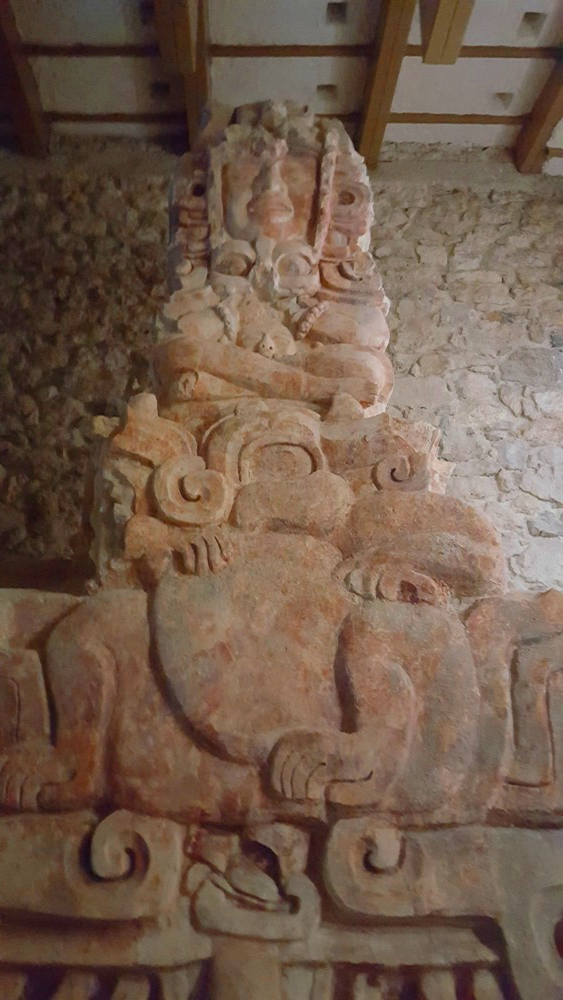
If it sounds like I’m saying don’t go to the “Seventh Wonder of the World,” well, keep in mind that even the designation of Chichen Itza as a “Seventh Wonder” was arbitrary. It could have been Guatemala’s Tikal. (Another iconic site well worth visiting!) There’s a bit of marketing hype that surrounds this particular ruin and many people come away disappointed. If you scroll back up and look at Catherwood’s drawing, know that there are many ruins you can visit right now that still look like that, where you’ll feel as much like an explorer as they did back in 1841. Don’t let one uber-famous ruin experience ruin, ahem, your view of the Maya world.
Now the tip that you’ve been waiting for: If you are going to visit after all, I suggest doing the sunrise tour, where you’ll get up before dawn and hike into the ruin as the sun is rising. It’s better for a whole bunch of reasons but be aware, you’ll pay an additional fee (plus the regular admission). Bringing the cost up even more.
In this case, though, it’s worth it. You’ll benefit by having cooler temperatures, it’s beautiful to watch the sun rising over the ruins, and your guide will give you history and information that you won’t get otherwise, pointing things out with a laser visible in the dark. You’ll have ample time to take photos without the crowds, and it might just feel, if you squint a bit and use your imagination…that you’re the only one here.
At least until the bus tours start pouring in.
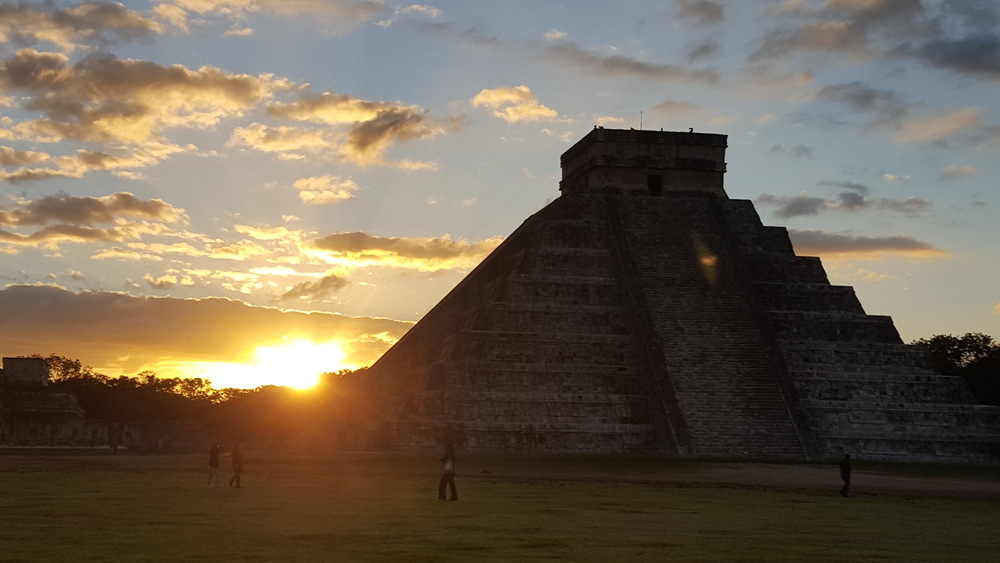
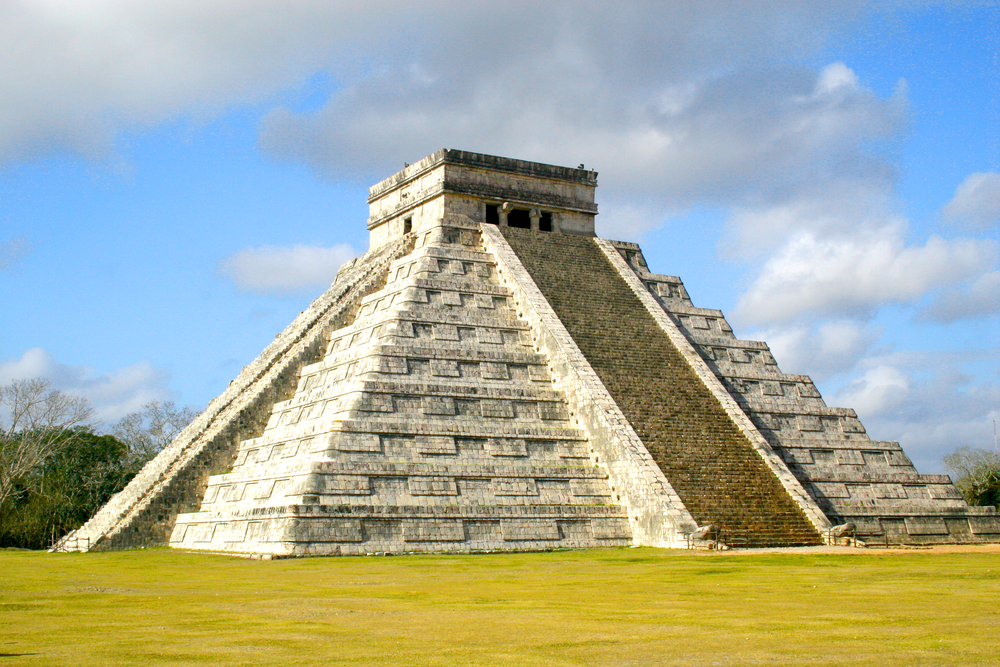
Leave a Reply